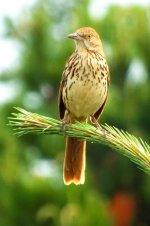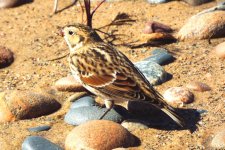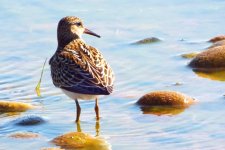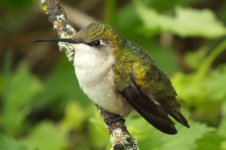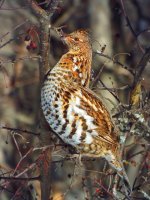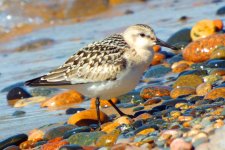Rapala
Well-known member
All of these pictures were taken with a Fuji S8200 Superzoom. Most are included in my gallery, but I'm just looking for how to do better. Saturation, light and contrast were edited minimally in photoshop, and all are cropped (perhaps too heavily?). I have the EXIF for each photo listed below.
#1 (Brown Thrasher)- 1/450 f/6.5 ISO 400
#2 (Lapland Longspur)- 1/350 f/6.5 ISO 200
#3 (Pectoral Sandpiper)- 1/340 f/6.5 ISO 200
#4 (Ruby-Throated Hummingbird)- 1/125 f/6.5 ISO 400
#5 (Ruffed Grouse)- 1/550 f/6.5 ISO 200
#6 (Sanderling)- 1/450 f/6.5 ISO 200
Thanks
#1 (Brown Thrasher)- 1/450 f/6.5 ISO 400
#2 (Lapland Longspur)- 1/350 f/6.5 ISO 200
#3 (Pectoral Sandpiper)- 1/340 f/6.5 ISO 200
#4 (Ruby-Throated Hummingbird)- 1/125 f/6.5 ISO 400
#5 (Ruffed Grouse)- 1/550 f/6.5 ISO 200
#6 (Sanderling)- 1/450 f/6.5 ISO 200
Thanks




